Duendisfolk
Ye cannae expect the humans tae be the only ones wantin' tae branch out.The Duendisfolk are a dwarven subculture that arose in Fjolkandr in the past few centuries, encouraged into existence by the constant wars Fjolkandr engages in and the strange ruins all across their territory. They are identifiable by the forest-themed attire they typically wear, the greenery attached to their outfits, and the odd colours they dye into their hair and beards.
The majority of the Duendisfolk aim to live outside of the major Fjolkan settlements, preferring to flee city life for something in the nation's villages or forests. The more brave of them have ambitions of starting their own settlements, leading some worrying parents to view the odd subculture as a cult rather than a group dedicated to nature and magic.
They are exclusively dwarven in nature, and base the majority of their aesthetic and ideals from things they have gleaned from the ancient ruins left by the Feidísfolk, and likely also by the trickery of fey - not that they'd admit such a thing.
Adult Duendisfolk often change their surnames to reflect their new identity, especially if their families disagree with the subculture's existence and ideals. They typically choose new surnames either derived from nature (e.g. Quartzblossom) or from Sylvan (e.g. Craeiffyn). This can lead to dwarves running around with names that would lead one to believe their heritage is more gnomish or even elvish, to the confusion of many traders.
History
We're sick o' all this damned fighting!The subculture of the Duendisfolk first came to be after a group of Fjolkan soldiers returned from a mission with some of their friends no longer among the living. Shattered by grief, they sought solace in Ósksaelur Grotto, an ancient Feidísfolk historical site and a place glimmering with a gentle magic so rarely seen in pragmatic Fjolkandr.
In their time there, surrounded by the peace of reflection and perhaps the whispers of another world, these early dwarves came to realise that their lives were not what they wanted.
The endless battles, often for pointless squabbles among the higher echelons of politicians rather than anything affecting their daily lives, were earning them nothing good. Here, though, they saw the peace in the way the Feidísfolk lived. They could see the calm in each loop of thread or twirl of metal, and the harmony that they must have enjoyed.
They decided that if the Feidísfolk could have lived lives of apparent calm, if they were able to simply leave for the future founders of Fjolkandr to pick up from where they'd left off, then their group of dwarves would follow in their footsteps. They would be in tune with nature, and would recreate what had long been lost.
After all, it would surely only bring them joy. Nothing bad happens when the fey are involved, right?
Culture
Common Dress code
I dinnae think they'd hae worn somethin' tha' exposin', luv.As the Duendisfolk hold themselves together through themes of identity, the way they dress has come to be an important identifier when meeting other folk that may potentially be part of the subculture. It is especially important when meeting with people from other areas of the country, as the groups can have subtle differences despite all considering themselves duendis.
The exact specifics of what each sect wears differs depending on where in Fjolkandr one is, but for the most part, the idea is to wear nature as much as one can.
There is little difference between outfits for men, women, and other genders, which is a concept that far differs from the Fjolkan norm. No matter the gender, the agenda is long flowy garments in natural colours, using exclusively natural dyes.
The growth of the Duendisfolk has actually, as a side benefit, seen a sharp increase in the production of fully natural dyes and in local farming attempts to grow dye plants, leading to a greater colour palette across Fjolkan garments.
Duendisfolk might have been possible to confuse with druids or witches, or perhaps those living in places like Myrkalla, if it were not for their adoption of lookalike techniques to the ancient Feidísfolk embroidery and jewellery techniques. Most duendisfolk are heavily decorated in handcrafted necklaces, bracelets, and accessories, sparkling with gems in every colour of the rainbow.
Common Customs, traditions and rituals
We are nae gaein tae let the past disappear!The duendisfolk are an intriguing lot. Their culture, as much as one can form in a scant few hundred years, is based largely on themes located in historical texts and whispered through fey doorways, and their rites are recent inventions designed to usher glimmers of past civilisation into modern life.
Their customs, meanwhile, are based more solidly in modern-day sensitivities, formed from a shared frustration with their nation's endless wars and the constant march of progress that inevitably leaves some behind.
Their rites, they attempt to link to the natural world in imitation of what some Feidís ruins seem to indicate. Sunrise and sunset are daily flurries of activity for the duendisfolk, who take pains to invoke rituals of luck (wielding plants said to be lucky and woodcarvings said to hold the luck) and peace (usually through meditation or group singing).
Over time, they have steadily invented a range of rites for everything from moving home to asking someone out, many of which involve herbs or other community members. These can often alarm non-duendisfolk: the sight of thirty dwarves in flowy clothing with blue smears on their faces all running around in a circle chanting phrases in Sylvan, for instance, can be somewhat unnerving.
Parent ethnicities
Capitalisation
You may note odd capitalisation and naming throughout this article. When the Duendisfolk are referred to as a group, the name is often capitalised. When it's used as a descriptor, it isn't. Referring to duendisfolk or duendis rites requires no capitalisation, for they see it as just another description of themselves. This frequently gets muddled.I ken tha' the Feidísfolk name means sommat. Ours doesnae. No' in the same way. We're the Duendisfolk 'cos we're doin' this. Bringing peace, aye?
Reception
If you've been wondering how the rest of Fjolkandr sees the Duendisfolk, you're very right to. Though there have been no official moves to try and tamp down on the aggressively non-aggressive anti-war activists and their new traditions, the movement has raised many eyebrows throughout the nation as it spreads. Careful eyes are being kept on them to ensure that they aren't being used as tools for another. The risk, you see, is that the Duendisfolk may be unknowingly in thrall to the fey. They often speak in Sylvan, they often seek the depths of woods and lakes where the fey congregate, and they show no fear - only respect - when dwelling in historical Feidísfolk sites. The keepers of Ósksaelur Grotto do not permit large groups of Duendisfolk for this reason, and request that guards from Kynngisdalr watch over the odd ones - the border between the material and the First World is too thin there. Those few of other species and nations who have learnt of the Duendisfolk are understandably wary. But they are Fjolkandr's burden, and while Soniuch Zan can send cautions to Polyhedra for their dwarven allies to hear, it is up to the dwarves to listen. Which they do not make a habit of doing.This is going to end poorly for all involved, and it's entirely their own fault. Fey, really?


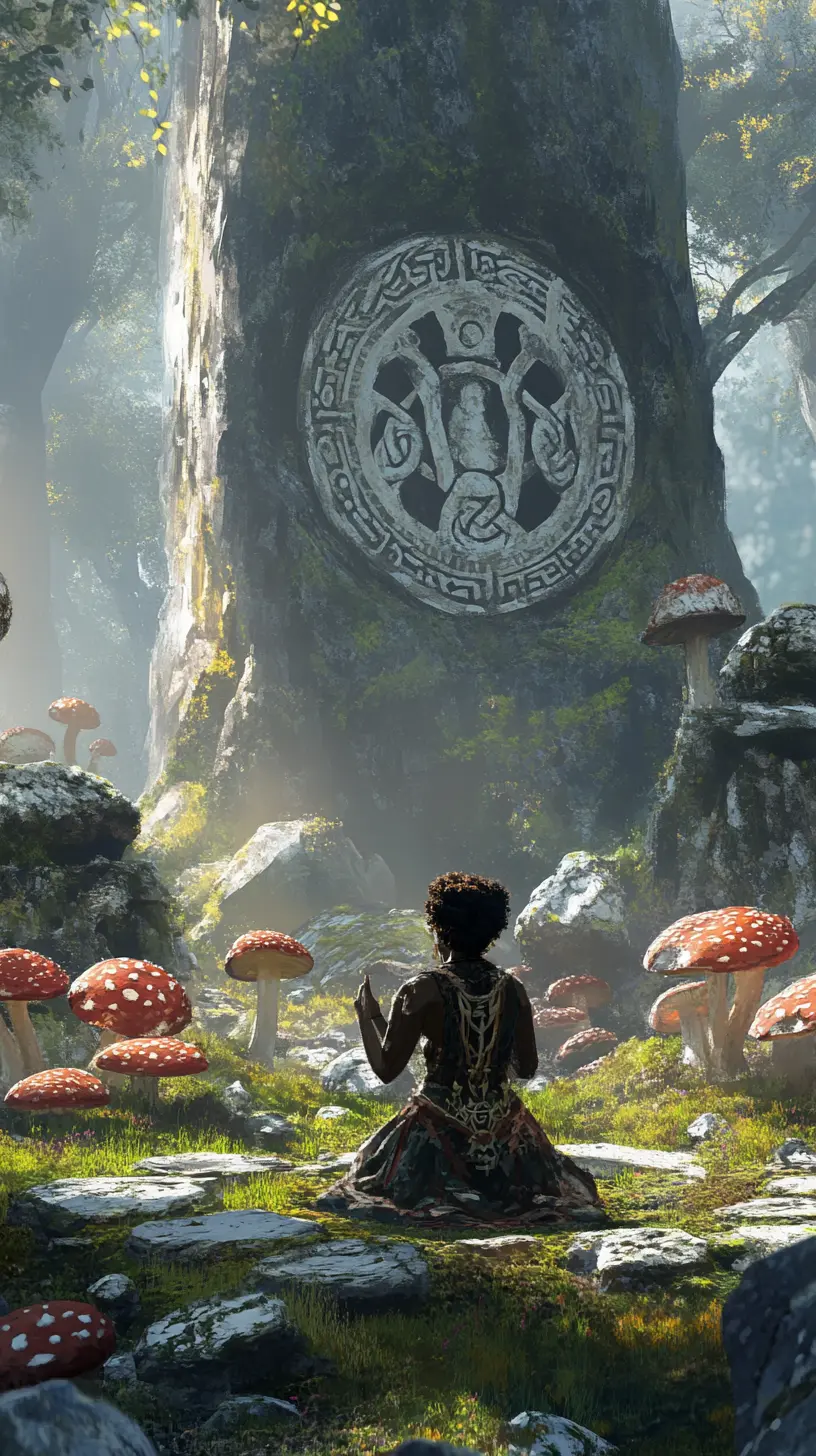
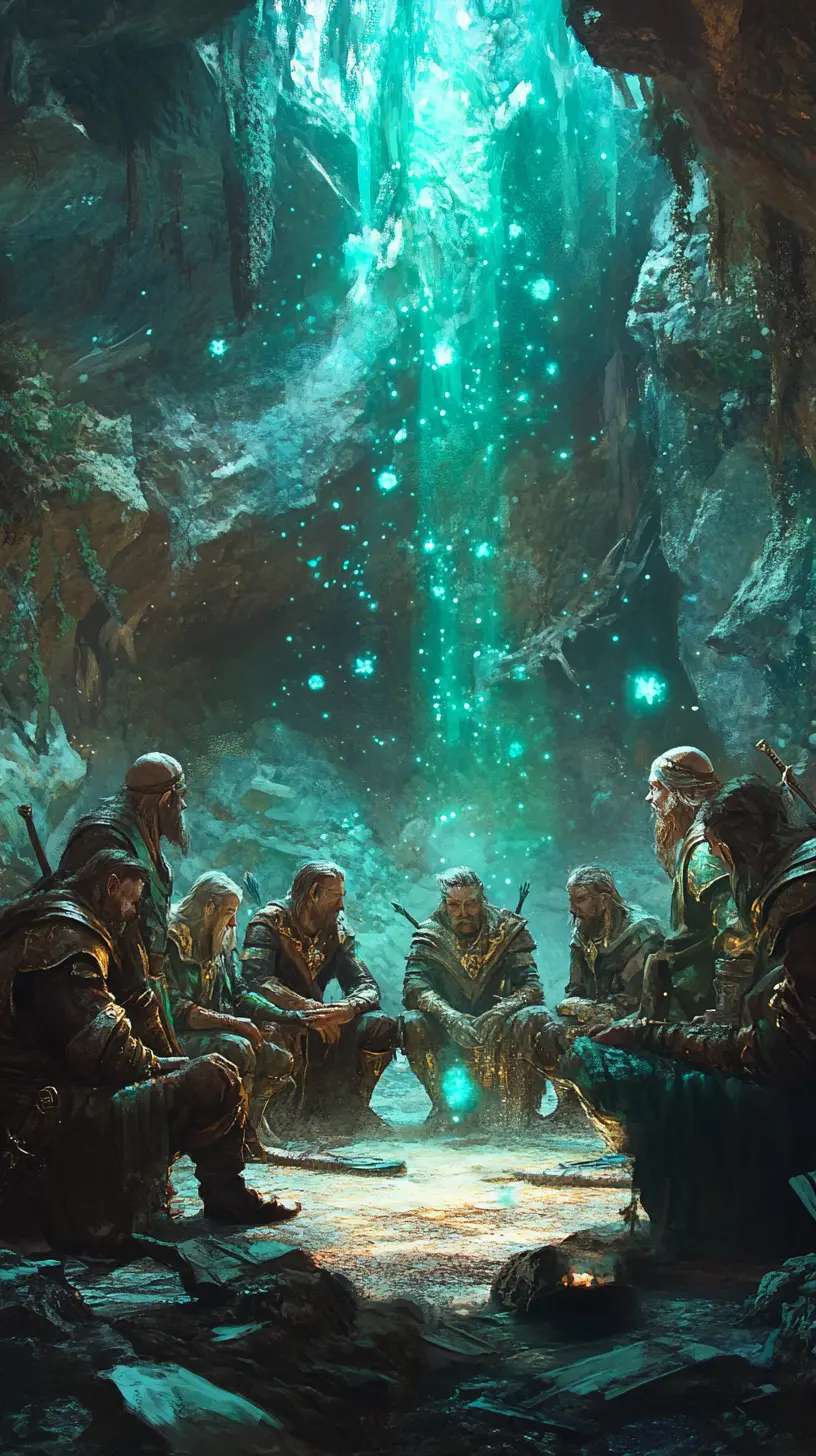
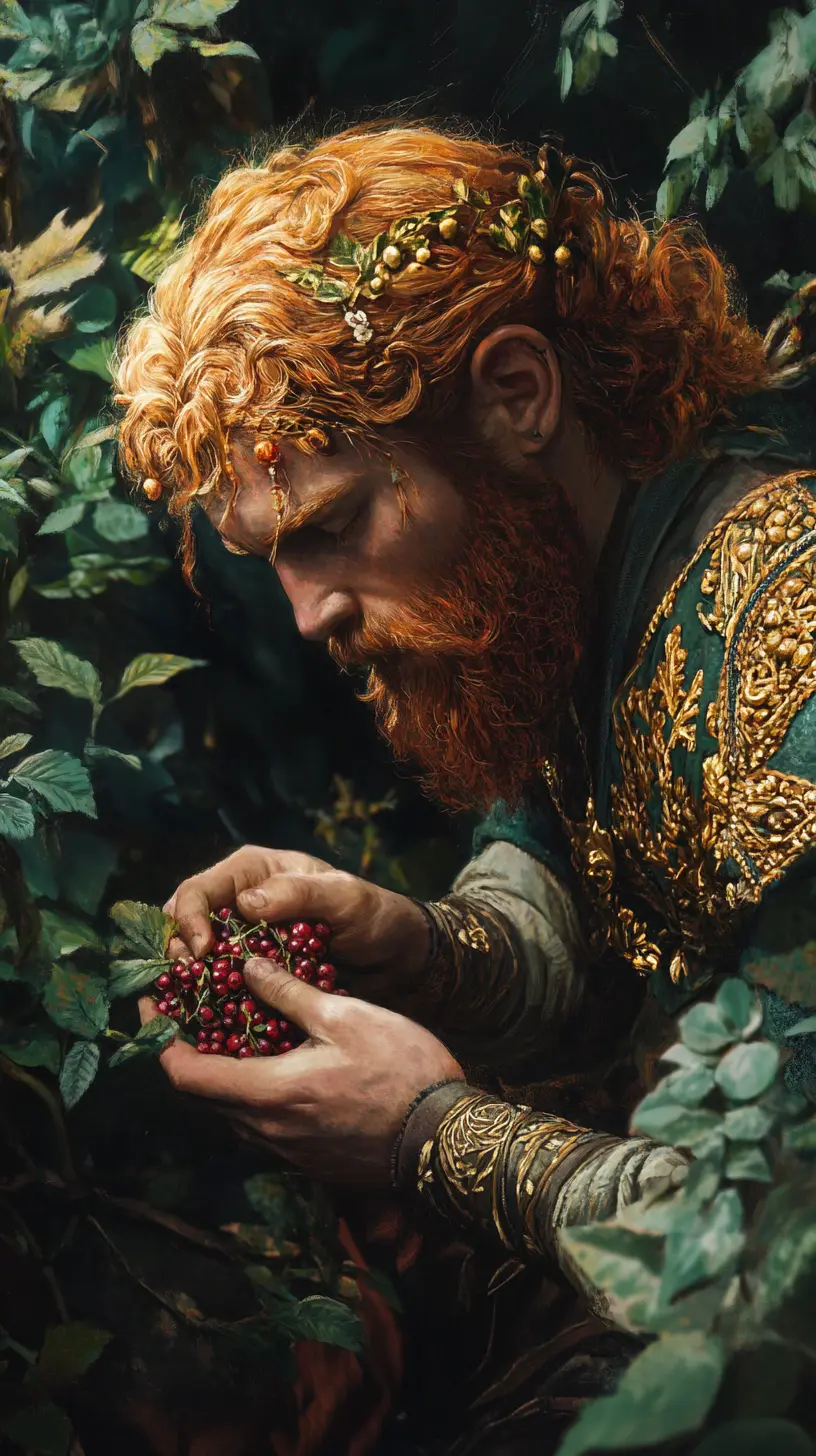
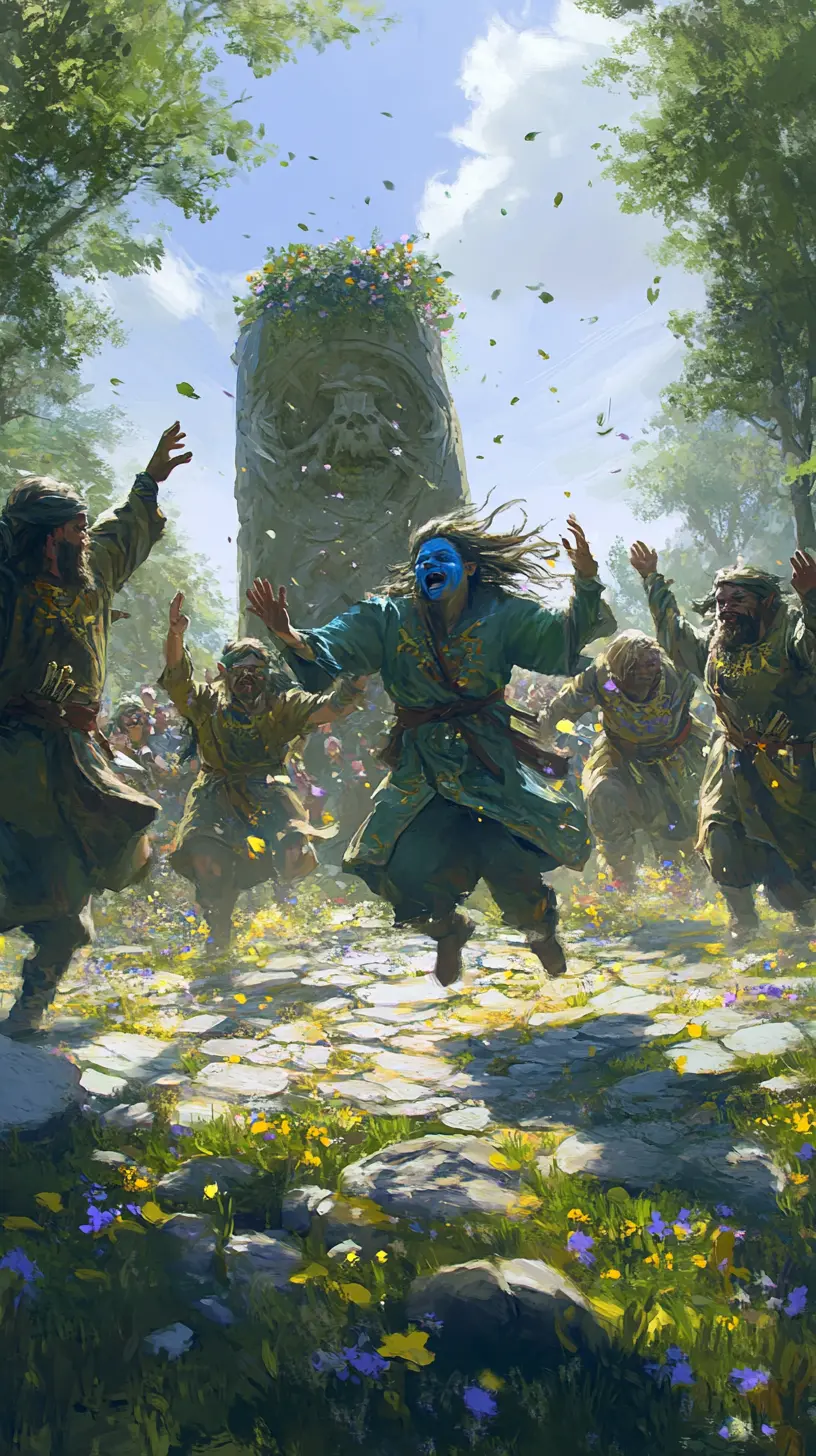
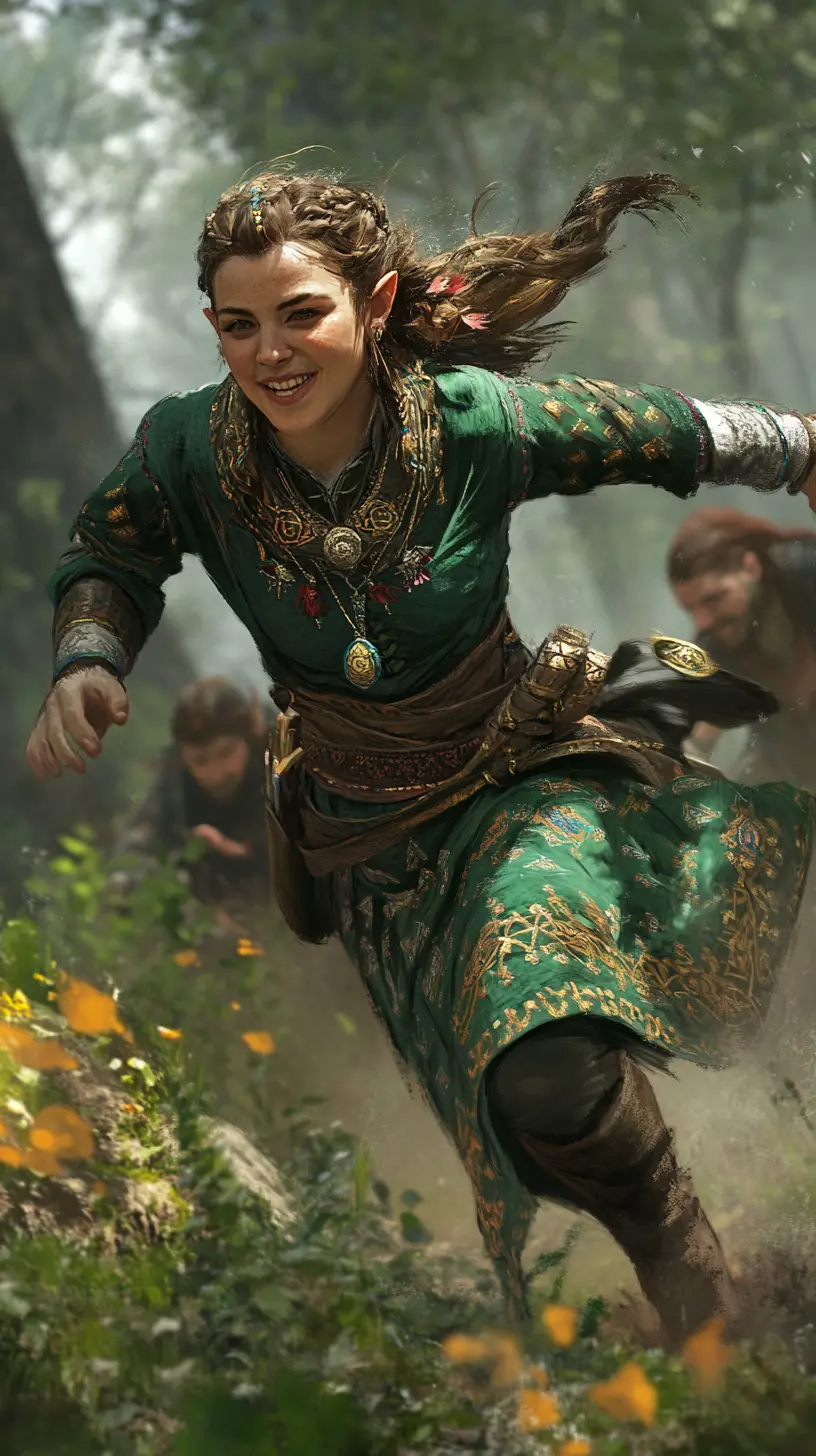
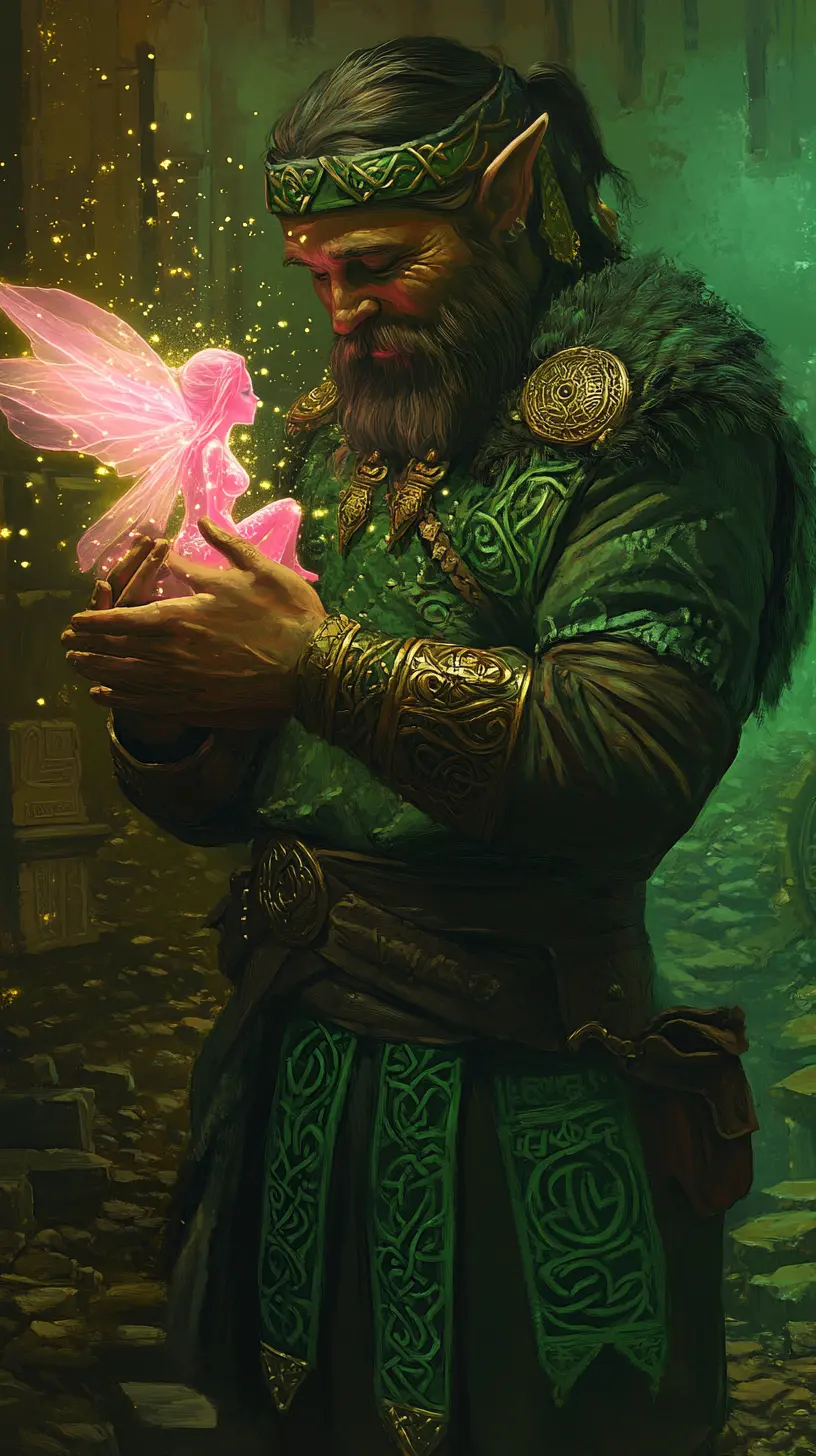




They sound awesome